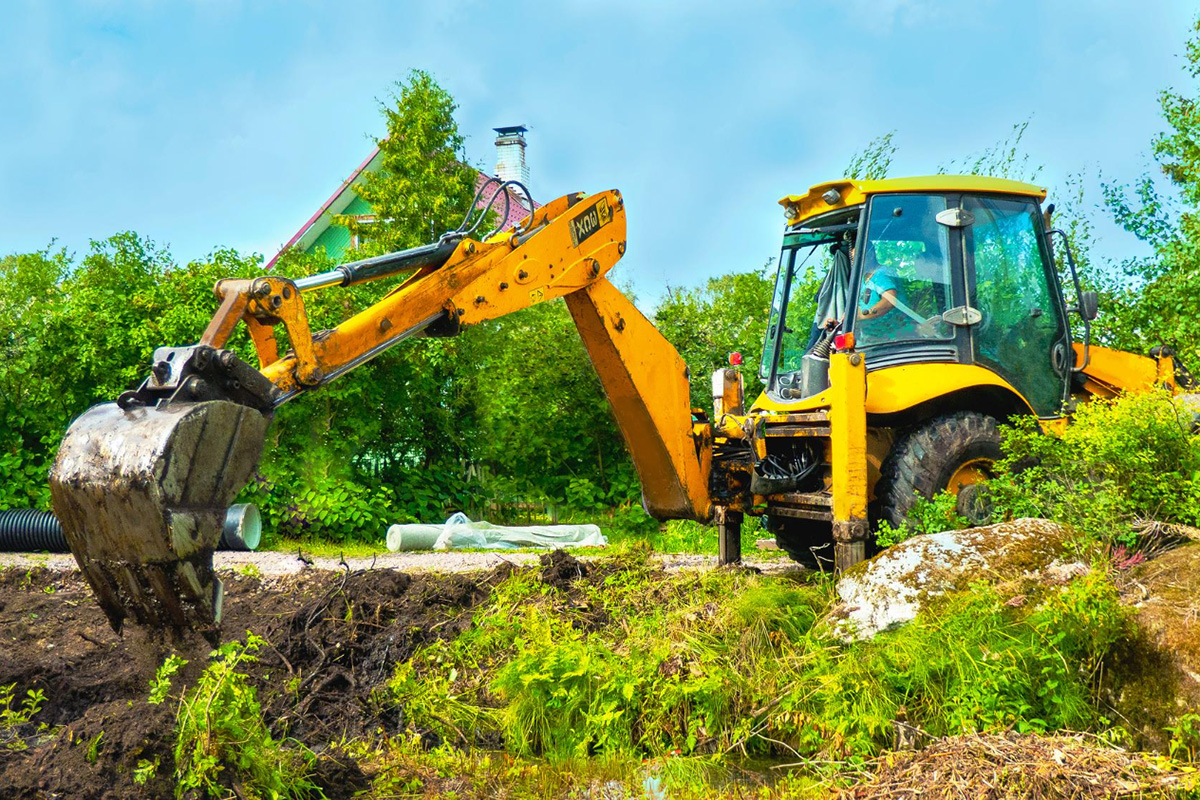


When you have a plot of land that needs to be cleared, it’s important to understand the best approach based on your specific needs. Different methods of land clearing can have varying levels of impact on the surrounding environment, cost, and efficiency. In this blog post, we’ll be discussing some of the most common methods of land clearing and their benefits and drawbacks. Whether you’re preparing for a construction project or simply seeking to reduce overgrowth, we hope this guide will help you make an informed decision.
Hand clearing involves the use of tools like machetes, chainsaws, and axes to cut down and remove vegetation. This method can be effective for small areas and can be done without heavy equipment, making it more affordable. However, hand clearing can also be time-consuming and labor-intensive, especially for larger areas. Additionally, it may not be ideal for removing stumps or thick roots.
Mechanical clearing involves the use of heavy equipment like bulldozers and excavators to remove vegetation and level the land. This method is faster and more efficient than hand clearing, making it ideal for larger projects. It can also be more cost-effective in the long run, as the equipment can cover a larger area in a shorter period of time. However, mechanical clearing can also cause more damage to the surrounding environment, and may not be ideal for projects where preserving existing trees or other vegetation is a priority.
Chemical clearing involves the use of herbicides or other chemicals to kill off vegetation. This method can be less harmful to the surrounding environment than mechanical clearing, as it does not involve heavy equipment. It can also be effective for removing invasive species. However, chemical clearing can be expensive, and may require multiple applications to fully clear an area. It can also pose risks to wildlife and nearby water sources if not used properly.
Controlled burning involves intentionally setting fire to an area to remove vegetation, while minimizing damage to the surrounding environment. This method can be effective for removing certain types of vegetation, and can also help to enrich the soil. However, controlled burning can also be dangerous if not done properly, and may require permits from local authorities. It may also not be ideal for areas with dry or windy conditions, or where nearby structures or natural resources could be at risk.
Often, a combination of methods may be used to achieve the desired results for a land clearing project. For example, hand clearing may be used in areas where heavy equipment cannot reach, while mechanical clearing may be used for larger sections. It’s important to consult with a professional land clearing company to determine the best approach based on your specific needs and budget.
Land clearing can be a complex process, and the best approach depends on a variety of factors. By understanding some of the most common methods of land clearing and their benefits and drawbacks, you can make an informed decision for your project. It’s important to work with a professional land clearing company like Drinkwater & Drinkwater, who can offer expert advice and free estimates. With the right approach, you can achieve your land clearing goals while minimizing damage to the surrounding environment and staying within your budget. If you're seeking professional help for services in land clearing in Oviedo, FL, contact Drinkwater & Drinkwater today for free estimates.